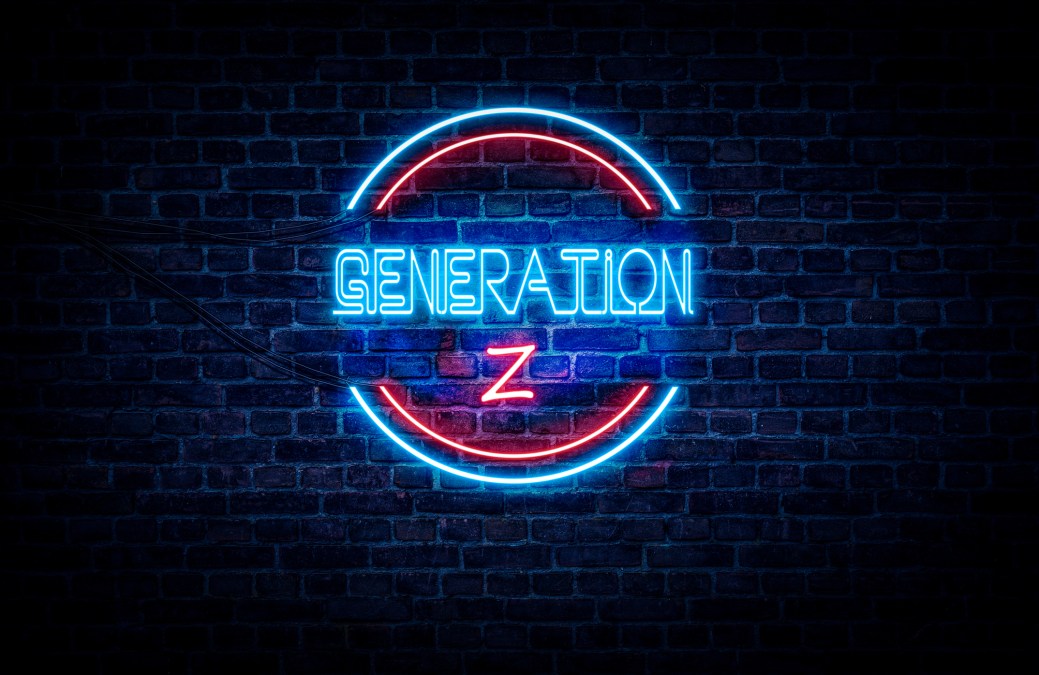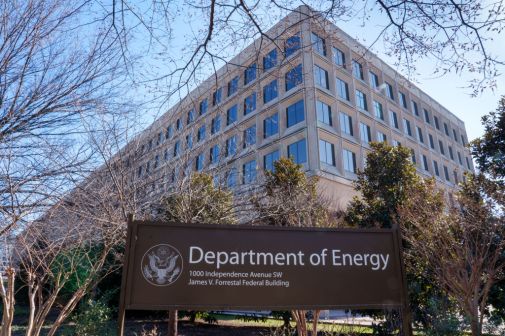Saving the federal cyber and AI workforce from obsolescence: How to attract and retain a new generation

The United States suffers from a federal workforce talent shortage, and the need to recruit the next generation of public servants has never been greater. The current workforce is aging out, and agencies will soon see decreased capacity to handle evolving economic and security challenges.
In fields where the government also faces a widening skills gap, such as cybersecurity and artificial intelligence (AI), the loss of valuable institutional knowledge could exacerbate the problems the skills shortage creates. The United States must act quickly because its strategic competitors are turning toward cyber- and AI-enabled means to prepare for future confrontations. Without a robust, well-trained cadre of federal employees, this country has little chance of keeping up in the ongoing technological arms race.
To keep mission-critical positions staffed, the executive and legislative branches are exploring strategies to attract more young federal employees. Despite these efforts, youth representation in government remains low. At the end of 2018, nearly 24 percent of the U.S. labor force was under age 30. The federal workforce? Only 6 percent.
To make youth recruitment more effective, the Biden administration will need to craft a strategy that speaks to the target demographic’s needs. Heightened attention should be given to Generation Z. This group of digital natives is poised to help close the talent gap — that is, if the government can reel them in.
Born between 1997 and 2012, Gen Zers are on track to become the best-educated generation with 57 percent enrolled in a two-year or four-year college. And nearly one in every five applications submitted by Gen Zers are for software engineering jobs, which are instrumental in both the cyber and AI fields. While their predilections for technology and higher education make them ideal candidates, most Gen Zers are flocking to the private sector instead of government.
As expected, national-level initiatives have focused on macro-level solutions to curb the government’s high-tech talent shortfall. If agencies do not account for more tactical, candidate-centric changes that must be made, such impediments will remain a fixed barrier and dampen any progress made through legislation or policy. Most federal workforce proposals push for big-ticket items, including security clearance reform and expanded hiring authorities, but prospective candidates also have their own unique needs that must be addressed.
Place yourself in the shoes of a current college student searching for employment during a global pandemic. You were savvy enough to major in cybersecurity (a field that has consistently experienced zero percent unemployment rates). But when logging on to USAJOBS, the federal government’s primary hiring portal, you discover there are currently just six cybersecurity openings for recent grads nationwide. Is it any wonder that the public sector actually suffers from a deficit of 30,000 cyber workers?
Updating online job announcements may seem like an inconsequential priority when it comes to closing the federal workforce gap, but micro-level impediments can stack up and deter qualified applicants. Mitigating the roadblocks from a job seeker’s perspective — small as they may seem — will make it easier for students to secure federal jobs.
The government must adapt its approach anew. This is not to say that the more than 60 recommendations made by the Trump White House and Congress on improving the AI and cyber workforce should be wholly abandoned. The suggestions put forth by the National Security Commission on Artificial Intelligence and the Cyberspace Solarium Commission set the foundation for progress. But there are still numerous candidate roadblocks to clear.
For example, a common recommendation for bolstering federal talent is the expansion of scholarship-for-service programs where, in exchange for a term of service, the government helps students finance their education in priority fields like cybersecurity and AI. However, increasing the number of scholarship offerings does not guarantee students will pounce on the opportunity. Such opportunities are difficult to find online unless a candidate knows where to look. They are spread across multiple, and sometimes outdated, agency websites, shifting the burden onto students to chase down pertinent information.
Once a student completes a scholarship obligation and has integrated into the federal workforce, there’s a new challenge: professional development. Some may wish to pursue an advanced degree, building upon foundational technical knowledge. Unfortunately, there is no discernable guidance on enrolling in a federal scholarship-for-service opportunity more than once. In reality, programs like CyberCorps have a statutory limitation on funding years available per candidate. As these cohorts develop within government, agencies should continue cultivating the existing talent pool and encourage dedicated federal employees to stay.
Irina Novoselsky, CEO of CareerBuilder, notes that in recent years there has been a “significant shift of power from employers to candidates” and that “the fight for talent is only going to become more intense.” In a tight hiring market, organizations that fail to put their employees first run the risk of losing out on key talent. If the public sector wants to recruit younger workers, compete with private industry for AI and cyber talent, and close its workforce deficits, it must adopt a more candidate-centric approach that addresses the lived experience of students applying for jobs in the federal government.
Cindy Martinez has been serving as a Semester Research Analyst working on the CyberAI Project at the Center for Security and Emerging Technology (CSET) at Georgetown University. She was also a recipient of the CyberCorps: Scholarship for Service in 2012.





